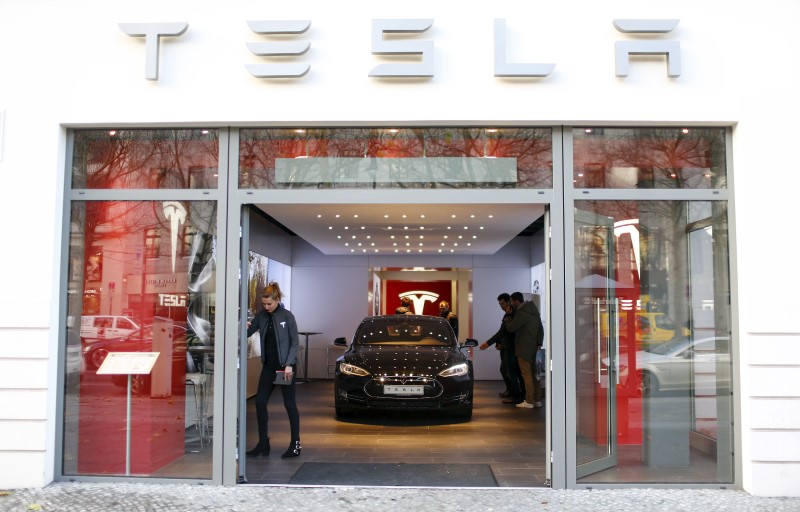NEW YORK - Dogecoin, the cryptocurrency that began as a joke in December 2013, has maintained its position as the ninth most valuable digital currency with a market capitalization surpassing $10 billion. Created by Jackson Palmer and Billy Markus, Dogecoin has grown from a playful critique of crypto speculation into a widely accepted form of payment across various sectors, including technology and hospitality.
The influence of Elon Musk on Dogecoin’s market dynamics has been significant. His interactions with the cryptocurrency, including changing Twitter's logo to a Shiba Inu and referring to himself as the 'Dogefather,' have repeatedly led to surges in its value. Notably, a tweet from Musk in December 2020 simply stating "One Word: Doge" resulted in a substantial increase in trading volumes.
Tesla (NASDAQ:TSLA)'s adoption of Dogecoin for payments on select merchandise between December 2021 and January 2022 also resulted in more than a 20% rise in its price. This uptick continued with an additional surge of up to 15% when Musk confirmed that these payments were operational.
The community-driven model of Dogecoin sets it apart from traditional cryptocurrencies. It boasts fast transaction times, typically under one minute, and empowers users to participate in its development while maintaining low entry barriers. Despite having no cap on supply, which introduces inflationary pressure, Dogecoin has managed to defy expectations by funding unique initiatives such as a Moon mission rideshare in May 2021.
Elon Musk's social media activity underscores the significant impact that influencers can have on cryptocurrency valuations. Early adopters and investors have witnessed their investments grow exponentially thanks to strategic moves and despite concerns over market volatility and security issues.
As Dogecoin continues to thrive, it prompts broader considerations for an evolving market landscape that now includes new niche cryptocurrencies. The global financial community is also closely watching as governments deliberate clearer regulatory frameworks to manage these novel financial tools.
This article was generated with the support of AI and reviewed by an editor. For more information see our T&C.
